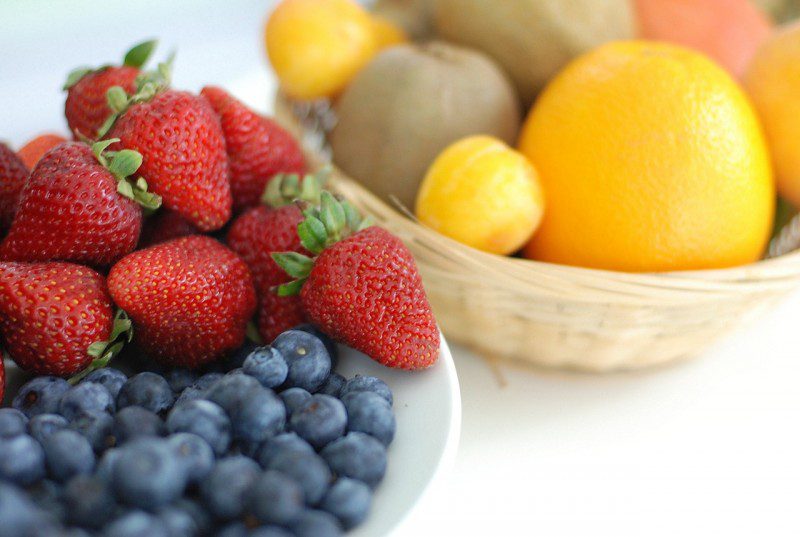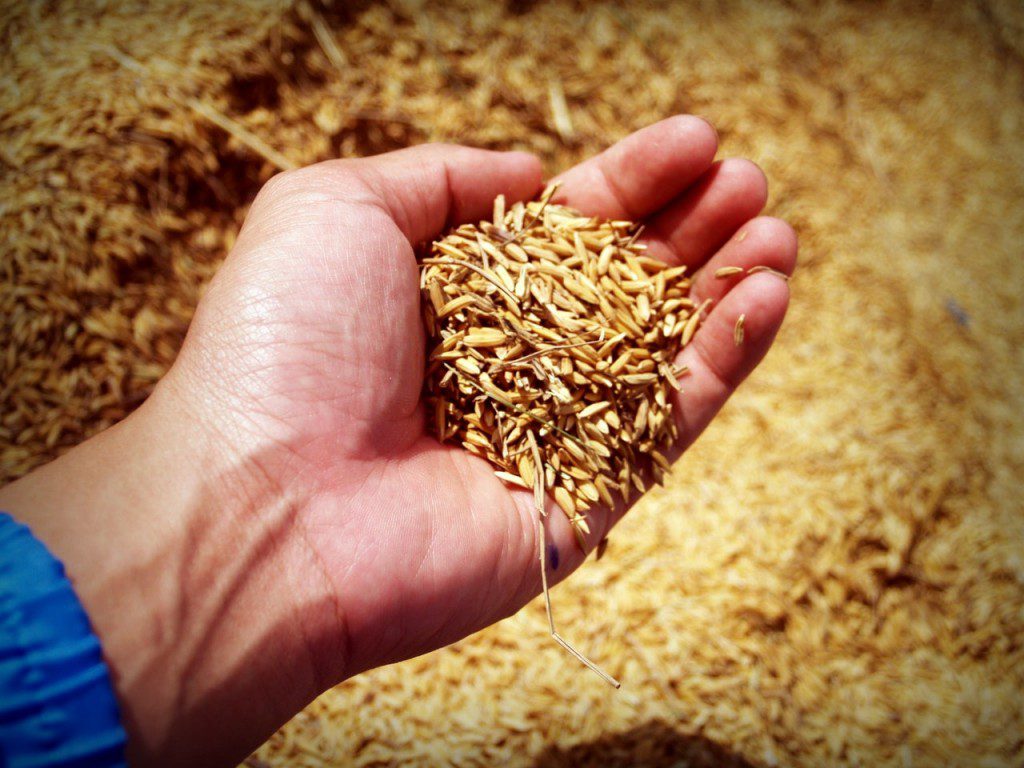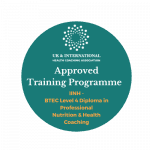Carbohydrates are having a tough time thanks to popular diets like Keto and Paleo that are trending in the health and fitness world. And of course, there’s also the intimate relationship it holds with sugar that’s not really helping the cause. All in all, the new message appears to be in favour of lowering carbohydrates as the route to better health, physique and performance and it’s all based around fat; eat more fat, burn more fat. But the truth about carbohydrates is that it’s complicated. Several blog posts complicated in fact.
To look at carbohydrates in more detail, it all starts with the simple point that not all carbs are created equal. From here, it follows that different sports, different health and different fitness goals require different nutrients. And finally, every individual is biochemically unique meaning overall some do better with lots of carbs irrespective of everything else while others prefer more fat. Let’s dive in a bit more to look at all about carbohydrates. A final note to say this is being written with sports nutrition in mind meaning it is aimed at an individual who is relatively active, playing a team sport, or perhaps training with a specific body composition goal in mind.
About Carbohydrates: Key Types
The truth about carbohydrates is they are not created equal. Not only that, but there is no such thing as essential carbohydrates meaning that if you don’t consume any carbs, your body can survive by making glucose (fuel) from other sources like fat or even amino acids. Beyond just functioning, however, carbohydrates will play a role.
There are different ways to break it up: simple and complex carbs, whole and refined, high/low GI….To quickly explain:
[A] Simple and complex:
Carbohydrates consist of chains of sugars. Simple carbohydrates consist of simple units of sugar; one (monosaccharides: glucose, fructose, galactose) or two units (disaccharides: sucrose, lactose, maltose). Complex carbohydrates, on the other hand, are longer chains of three or more sugar units (polysaccharides: inulin, glycogen, starch, cellulose). They take longer to break down.
[B] Whole and refined:
A lot of carbohydrates we find in shops undergo processing before arriving at our shelves. This means the grain is passed through heat, pressure and various things are added to it. This process can damage the nutrient content of these grains and often you see slogans like ‘fortified with vitamin B’ which reflects this. Whole grains, on the other hand, are closer to their natural form i.e. still whole. Going one step further, there is also an argument that the grains we consume today are genetically modified for the benefit of farming (i.e. guaranteed growth, weather resistant, grow in mass) and not for human consumption. Therefore, you can look at eating not only whole grains (minimally processed) but also the ancient grain variety. Ancient grains refers to those varieties that still are closest to what we ate thousands of years ago: millet, buckwheat, spelt, rye and so on.
[C] High/low GI:
The Glycemic index measures the impact a carbohydrate-containing food has on our blood sugar. Certain foods create a bigger rise in blood sugar relative to others. In general, whole food sources rich in fibre will have a lower rise in blood sugar. You can find multiple lists online. The general rule is to look to lower GI sources when possible and make use of high GI foods on certain occasions like post workout. Be careful as these lists group all carbohydrate foods i.e. just because a junk food is low GI doesn’t mean it’s a free ticket to eat as much as you like.
Some sources of carbs to consider:
About Carbohydrates: When
Carbohydrates and fats are the body’s energy sources. Where you want to get your energy depends on what you are doing. For the non-active, general population, getting most of their energy from fat can be a good tactic. However, for active people, carbohydrates will play a role as they provide the most immediate hit of energy for strength and power.
The most important time to take in carbohydrates is around your training session: post, peri (where appropriate) and pre. Here, you are providing energy for the session, aiding recovery and taking advantage of a time when your body metabolizes this macronutrient very well.
About Carbohydrates: How Many
Too much of anything can be detrimental. There are a few things to consider:
- Some people can metabolize carbohydrates much better than others e.g. the hard gainer.
- The amount of carbs will depend on your training goal: performance, hypertrophy, muscle fullness and so on all need carbs. Also, high intensity requires carbohydrates.
- You should consider the length of your training session and the type of training you are doing.
- Your body fat: the leaner you are, the more carbs you can take in.
- The health of your gut and insulin resistance/sensitivity: as a broad rule, overweight individuals tend to have lower insulin sensitivity meaning insulin has a harder job to try and get glucose into the cell. As you start to move more, exercise and transform your physique, your metabolism will change and you can start to bring in more carbs. More on this in another blog post.
- Starting point: start with adding 1-2 cups of cooked carbohydrates to each main meal and gauge how you feel. Aim for whole food sources and a minimum of 25g fibre per day. From there, start the process of trial and error by adding 10-30 grams more per meal and specifically around training.
- If you are looking for a more specific number, you could start getting about 40% of your daily calories from carbohydrates and adjusting based on how your body responds.
As mentioned above, everyone is different and will have different needs due to various factors. It is impossible to avoid trial and error to get to your sweet spot! And even then, it will change over time!
This post has aimed to introduce you to carbohydrates and get you thinking about your own diet. Stay tuned for more blog posts on the topic too because there’s a lot to talk about: insulin resistance, do carbs make you fat, carb cycling and so on.












